Oil is used to lubricate, clean, and cool your engine down. It helps prevent parts from sticking and rubbing together that causes friction.
Since you’re eager to know the differences between 0w20 and 5w30 car motor oil, here we compared all of their features, pros and cons and explained which is the best oil for you.
What is Oil Viscosity?
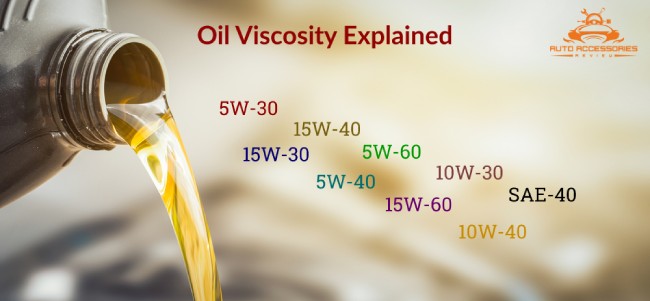
Viscosity is basically how easy it is for oil to pour out at a certain temperature degree. Thin oils will have a low density and are easier to pour when at a low temp. Thicker oils will have an elevated viscosity.
Higher viscosity oils can maintain the oil pressure and the film strength when dealing with a high temperature. Thin oils reduce friction and help the car engine start quicker in colder weather
View this post on Instagram
How to Measure the Engine Oil Viscosity
Viscosity is constructed using the xw-xx classification. The W stands for winter, and the digit following that is the oil flow rate when sitting at 0 degrees Fahrenheit.
So the lower the number means, the less the oil is required to thicken in the colder weather.
The XW numbers show the level of viscosity sitting at 100 degrees and represent the resistance in the oil thinning at higher temperatures.
For example, oil with a 5W-30 thins out faster when exposed to high temperatures when compared to the 5W-4 grade. Conversely, the 5W30 oil will thicken less than a 10W-30 when exposed to colder weather.
If you live in a colder region or during the winter months, it is beneficial for your engine to use a low viscosity oil. If you live in a hotter climate, then use a higher viscosity oil.
What’s 0W20 engine oil

The 0W20 oil is known as a low viscosity oil. This type of oil is growing in popularity due to many agreeing they deliver the best engine results.
When it comes to 0W20 vs. 5W30, the viscosity might be the same ‘0’, but in the colder temperatures, the 0W20 will flow faster and smoother every time.
You might see the 0W20 with the label multi-viscosity, which means it has different additives to create the different viscosities in the colder weather.
Benefits of 0W20 engine oil

The 0W20 is a fuel-saving oil and has synthetic technology for engines of both light rail transport and everyday cars.
This oil is designed for lubricating the ECO model cars and hybrids. These engines need SAE 0W20 and run-on ethanol-containing fuel of up to E85.
- Cold starting properties
- Properties to avoid friction
- Great stability of oxidation and thermal
- Long intervals without needing an oil change
- Anti-foam, anti-corrosion, and anti-wear properties
- The oil supplies extra energy
- The synthetic properties protect parts of your vehicle
- Low viscosity means better fuel efficiency
What’s 5W-30 Engine Oil
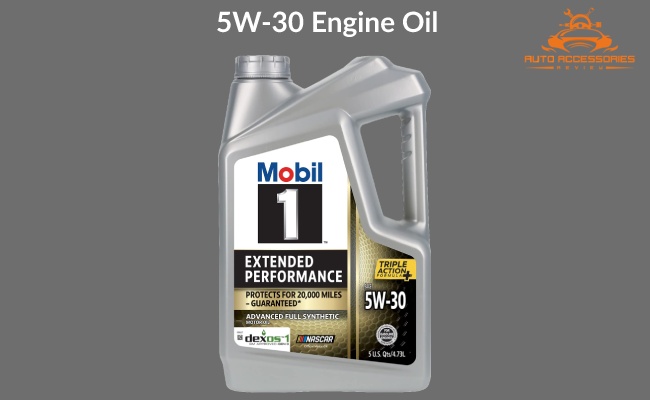
The 5W30 motor oil is highly effective and very strong. In addition, the oil is designed in a way that helps it work in both excessive heat and extreme cold conditions.
This type is a common oil because it can be used for a wide variety of engine types and cars.
The viscosity range means the oil can lubricate, protect ad seal the internal parts in different climates. The lower viscosity doesn’t strain the oil pump as hard either.
Benefits of 5W30 Engine Oil
The 5W30 oil helps the motion of the rotating parts be less power efficient. In addition, low starting and higher summer temperatures are two added boons.
- Reduces friction
- During start and stop, the wear and tear becomes reduced, and the engine is kept cool
- Moving parts are secure from rusting
- Good thermal stability even when the temperature is unpredictable
- You can lower your oil consumption
0W20 vs 5W30 Engine Oil: What are the Differences?
A quick look
| Comparing factors | 0w20 | 5w30 |
| Viscosity | Low | High (1.7 times) |
| Flowing rate | High | Low |
| Protection against freezing | Moderate | High |
| Density | Thinner | Thicker |
| Climate preference | Extreme winters and a generally cold climate | Mild winters and hot summers |
| Cold temperature limit | -35°C (-31°F) | -30°C (-22°F) |
| Hot temperature limit | 30°C | 35°C |
| Flash point | 230ºC | 224ºC |
| Suitable vehicles | 4WD’s, commercial vehicles, passenger cars, and newer models that run on LPG systems | Gasoline-powered vehicles like small trucks, passenger cars, SUVs, and high-performing turbo vehicles |
| Fuel economy | Low | High |
| High temperature effect (losing thickness) | Slower | Faster |
a) Viscosity
5w30 is 1.7 times more viscous than 0w20. A lower viscosity rating means it will flow better than 5w30 at the starting temperature. Thicker oils provide better protection against freezing.
However, 5W30 gets thicker than both 0W20 and 5W20 in high temperatures because of the high viscosity rating. The engine oil will thicken when it is cooled and will become thinner when the oil gets heated.
b) Location/climate
The 0W20 is best used in areas with a colder climate. Both of the oils are best in areas not exceeding the temperature range of 68 degrees Fahrenheit.
c) Flash Point
0W20V has a flashpoint of 230ºC, and the 5W20 comes with a slightly higher flash point of 224ºC
d) Thickness
5W30 is the thicker oil out of the two and flows a lot slower than the 5W20.
e) Suitable Vehicles
The 5W20 oil is ideal for all sorts of gasoline-powered vehicles. These can be small trucks, passenger cars, SUVs, and high-performing turbo vehicles.
The 0W20 is suited for 4WD’s, commercial vehicles, and passenger cars. It is also suitable for the later model cars that run on LPG systems.
This oil is suitable for everyday use, especially with the E85 fuel.
f) Fuel economy
The viscosity of the oil doesn’t have any effect on fuel economy when the engine is warm. However, it has significant effects when you start your engine.
Usually thinner oils have better fuel economy because thinner oils flow and reach critical corners much more easily and provide better protection against metal-on-metal friction.
5w30 is 1.7 times more viscous than 0w20. As a result, the 0W20 will provide low fuel economy at the start of the engine. It will outperform both 5W20 and 5W30 in lower temperatures.
However, both 0W20 and 5W20 will provide similar performance in hotter temperatures i.e. when the engine is at its working temperature. The 5W20 provides better fuel economy than 5W30 engine oil in hotter temperatures.
Similarities Between 0W20 and 5W30 Oils
- Both oils are synthetic. They offer high lubricity and fluidity
- The chemical composition is stable throughout its lifespan.
- Both oils evaporate fast and have low sensitivity to heat.
- Both can deal with temperature ranges without reduced quality
- Approval for use in internal combustion engines with a minimal wear limit of up to 200,000
Which is Better: 0W20 or 5W30?
The 0W20 is better for more than one reason.
First, the oil will flow more efficiently at a cold temperature even while it maintains the same viscosity.
Second, the 0W20 is preferred as problems occur in the environment when it comes to disposal.
Finally, synthetic oil is better for the engine and the overall car.
FAQs
1. Can I Mix 5w30 With 0w20?
Ans. It is best not to mix the two different oils. The 5W20 is an organic oil, whereas the 0W20 is a thin synthetic oil. This means that they will not mix together correctly. If the two oils get mixed, they won’t operate at -35 degrees. Your engine will also suffer problems with oil efficiency.
2. Can you go 10000 miles with synthetic oil?
Ans. Yes, you certainly can. In fact, synthetic oils can go further than 10,000 miles, given your car is in good shape. Synthetic oil can last past 15,000 miles or more, but most people carry out oil changes at around 10,000 miles, but it isn’t necessary.


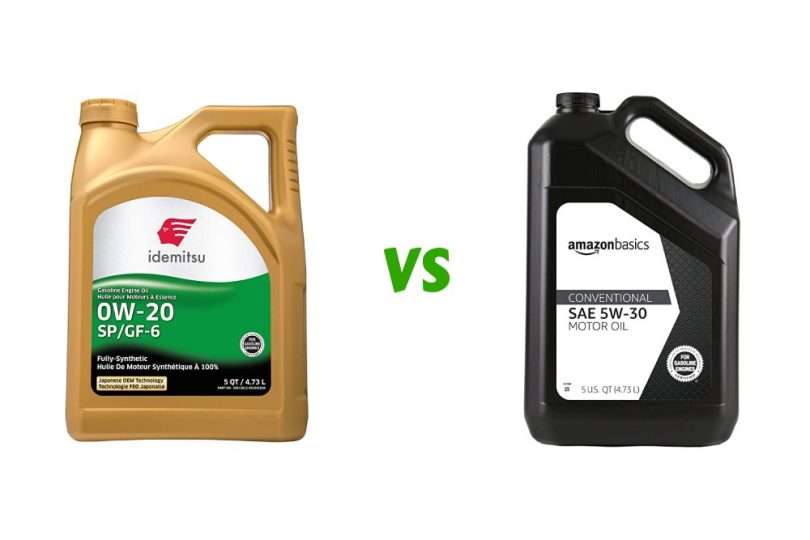
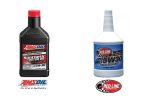
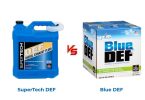


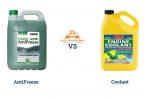


Leave a Comment